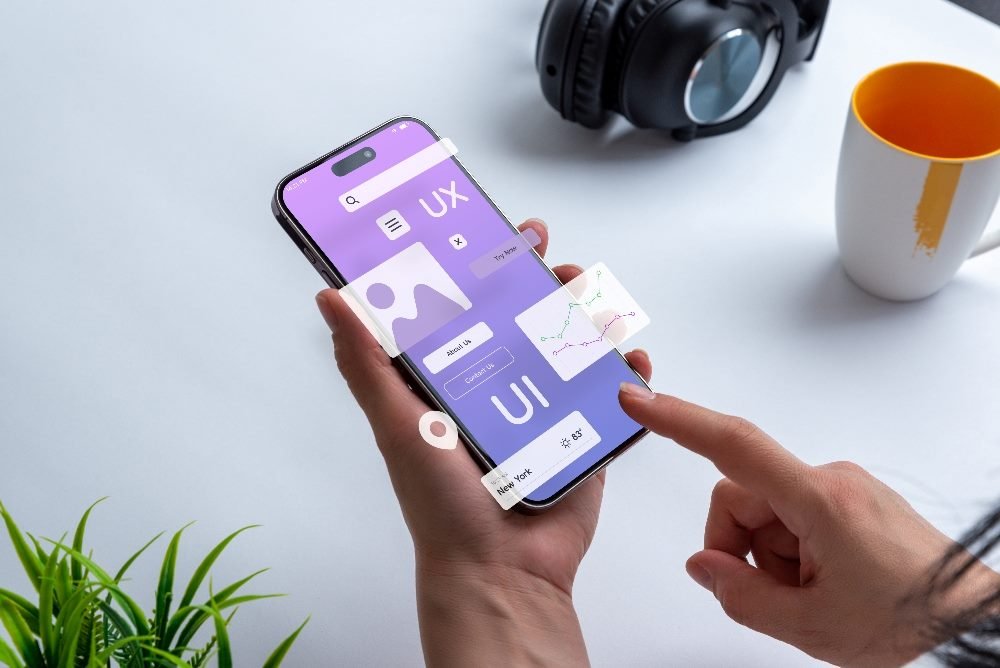
Accessibility is no longer just an afterthought in UI design. As more businesses strive to create inclusive digital experiences, designing for accessibility has become a fundamental aspect of UX. In 2025, accessible design will be not only a best practice but a legal and ethical requirement in many regions. Here’s why accessibility should be a priority in UI design.
1. Reaching a Wider Audience
By incorporating accessibility features into your UI design, you can reach a broader audience, including individuals with disabilities. The global population of people with disabilities is significant—over 1 billion people worldwide are affected by some form of disability.
How Accessibility Expands Your Reach:
- Screen readers help users with visual impairments access content.
- Voice commands allow users with mobility challenges to interact with apps and websites.
- Closed captions or transcripts make video content accessible to those with hearing impairments.
2. Legal Compliance and Avoiding Lawsuits
Countries around the world are adopting more stringent accessibility regulations. For example, in the United States, businesses must comply with the Americans with Disabilities Act (ADA), and in the EU, the Web Accessibility Directive outlines accessibility requirements for public sector websites.
How to Stay Compliant:
- Follow the WCAG (Web Content Accessibility Guidelines), which provide a comprehensive set of guidelines for creating accessible websites and apps.
- Ensure your content is compatible with assistive technologies, including screen readers, braille devices, and speech recognition software.
3. Ethical Responsibility and Inclusivity
Incorporating accessibility into your UI design isn’t just about compliance—it’s about creating an inclusive digital experience for all users. Making your content accessible shows that your brand cares about the needs of every individual, fostering goodwill and loyalty.
Examples of Accessible UI Design:
- High-contrast text for users with low vision.
- Keyboard navigation for users who cannot use a mouse.
- Readable fonts and adjustable text sizes.
4. SEO Benefits
Google’s search algorithms prioritize content that is accessible. Websites that are optimized for accessibility tend to have better SEO performance due to improved crawlability and better structure. This means that accessible websites are more likely to rank higher in search results.
Why It Helps SEO:
- Text-based content is easier to index and rank when it’s accessible, including proper use of alt text for images and semantic HTML.
- Google gives priority to accessible sites, improving visibility and engagement.
5. Enhanced Usability for All Users
Making your website or app accessible doesn’t just benefit those with disabilities—it enhances the experience for all users. Features like text resizing, keyboard navigation, and clear labels improve overall usability.
Why It Matters:
- Providing a seamless experience for people with different abilities often results in a more intuitive and user-friendly design, leading to higher user satisfaction.
Conclusion
Prioritising accessibility in UI design not only ensures legal compliance and ethical responsibility but also helps improve usability, broaden your audience, and enhance SEO. In 2025, accessibility will be a key differentiator, and companies that embrace it will benefit from increased engagement and customer loyalty.
